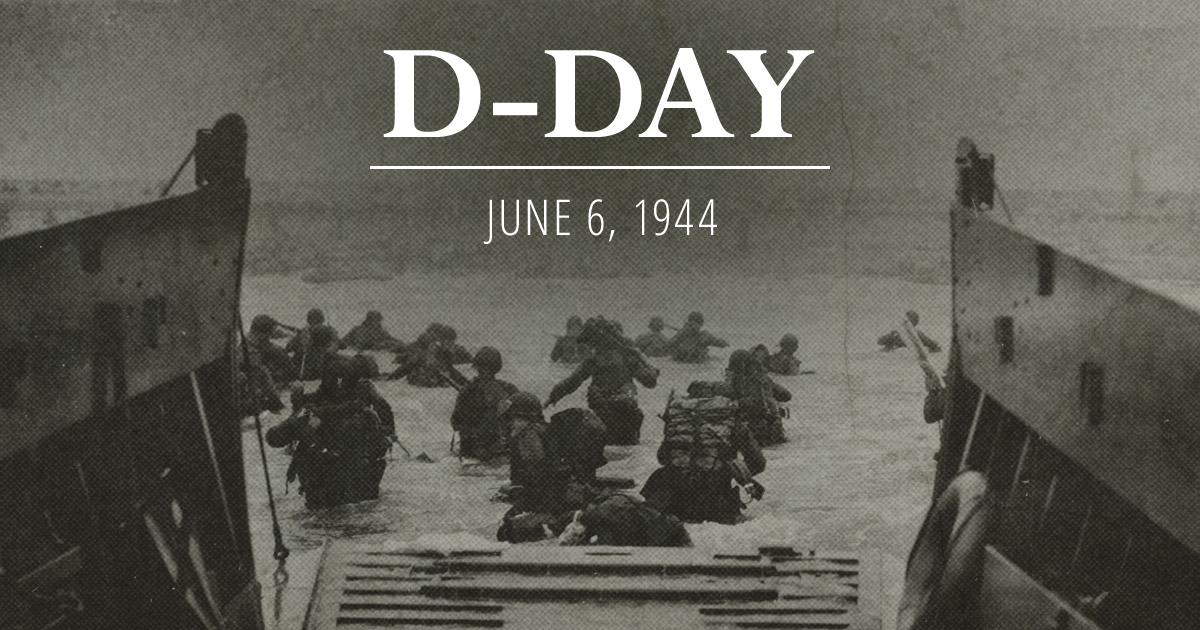D-Day
June 7, 2017
The largest seaborne invasion in history, known as D-Day, began on June 6, 1944, which opened a new front in the Western Theater for the Allied forces. This invasion was coordinated by many generals, including Dwight D. Eisenhower, who later became the 34th President of the United States. To truly understand this thorough invasion to destroy fascism and the reign of terror that happened in Europe, and the approximately 4,500 Allied deaths, the Clarion interviewed this school’s resident AP American History teacher, Mr. Corvo.
Clarion Reporter: People often associate D-Day with American troops landing on Normandy beach. Are there some aspects of this invasion that the average person might not know about?
Mr. Corvo: It was a true allied invasion, involving Canadian and British troops as well as ours.
Clarion Reporter: If D-Day didn’t happen, or if it failed, how would that have changed World War 2? What would be different today?
Mr. Corvo: Russia had been requesting the opening of a second front for years to take some of the burden off their military in fighting the Nazis. Had the Invasion been delayed any further past June of 1944, it may not have been an option – being that – the German V2 missile, that could have decimated the allies before they left port, became operational in the summer of 1944. If the invasion didn’t happen or was effectively repelled, there are many hypothetical dots that could be connected. For example, Russia being defeated, Britain being over-run, FDR and Churchill losing favor with the people, and a compromise made by new leadership leaving Europe under Fascist rule. I’m not saying that’s what would have happened, but it’s definitely a possibility to explore if the fascist dictators of Europe emerged victorious.
As Mr. Corvo explained, D-Day is a very important day to remember in American history. Not only did our soldiers put their lives on the line to defend their country, but they also defended the democracies and freedoms the people of Europe truly deserved. This article was made to pay homage to all of the men and women involved in the invasion, and to recognize the importance of this large scale invasion.


